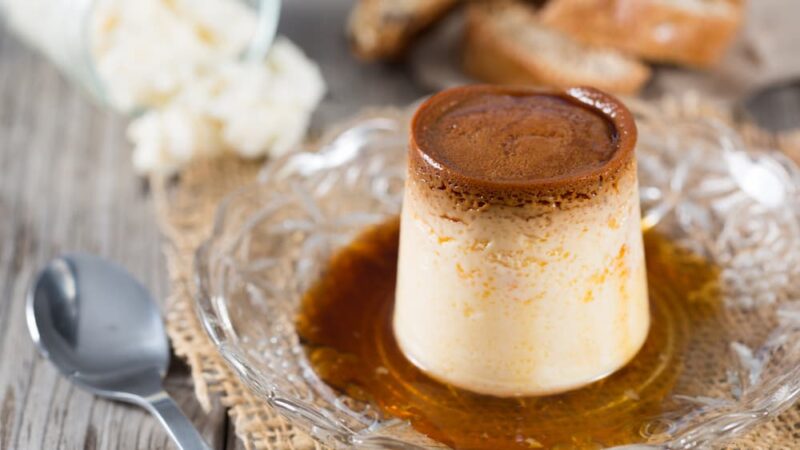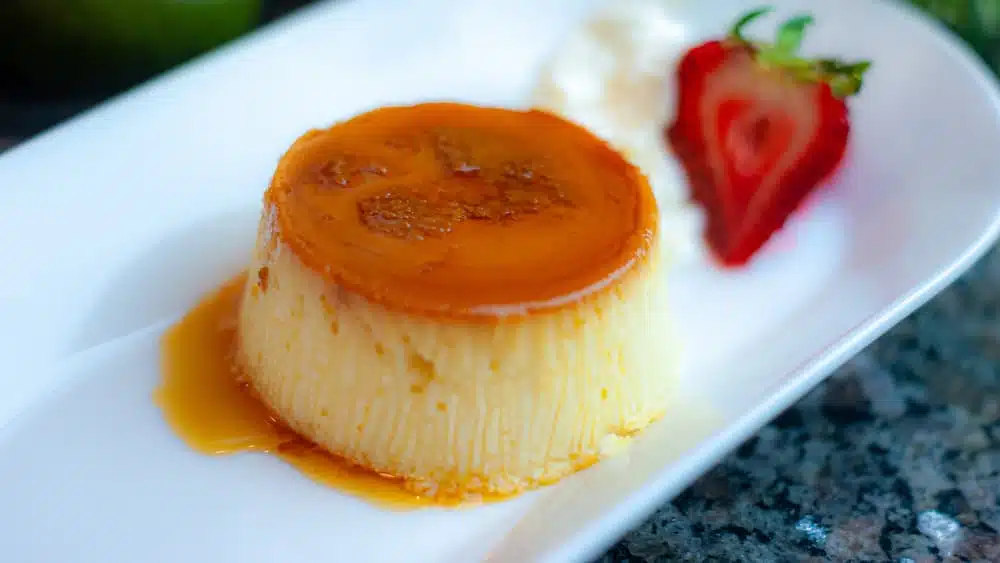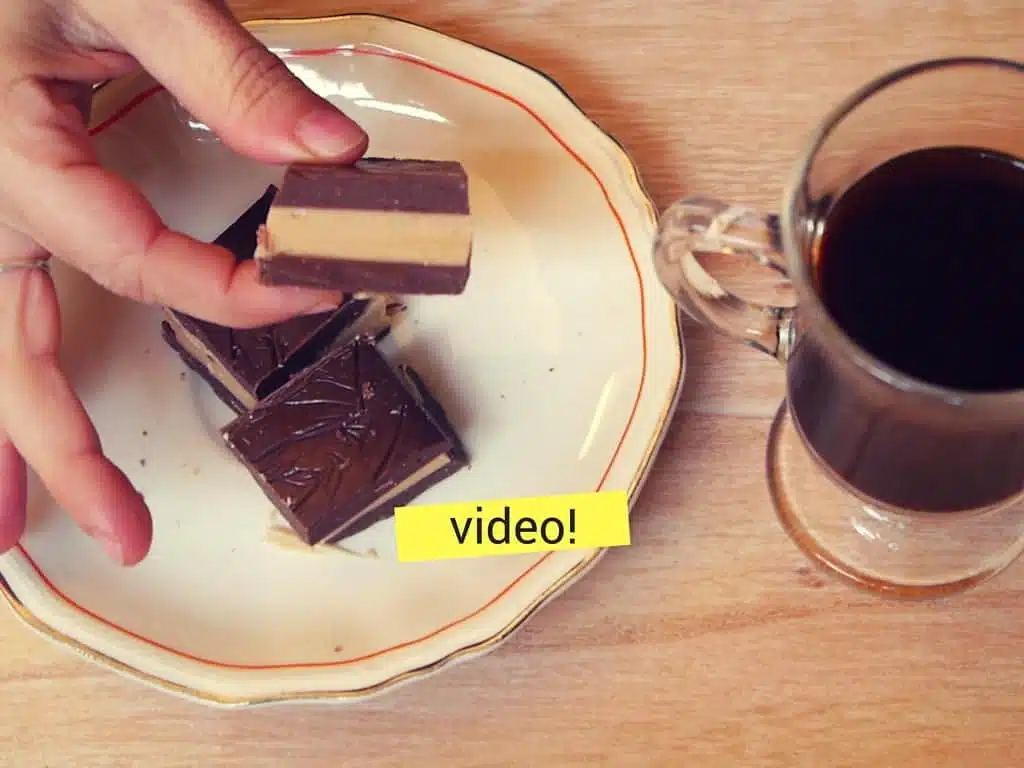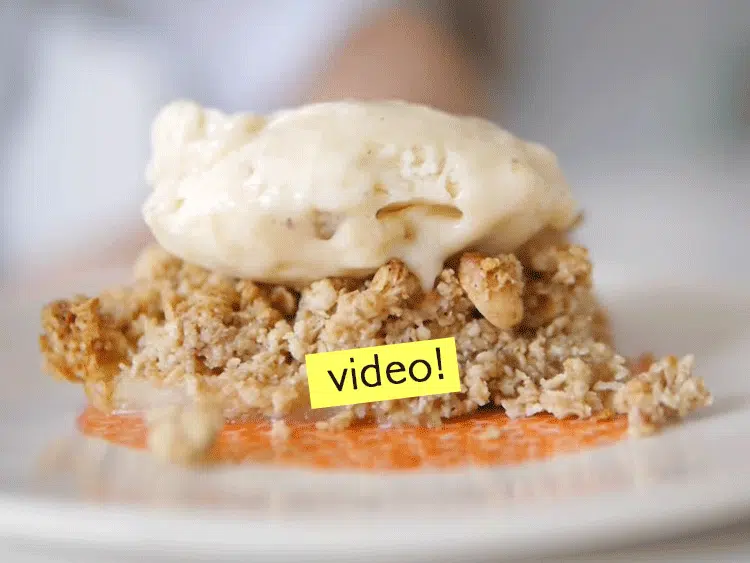Hello, dear Paulina Cocina readers! This recipe is one of those that makes you want to make, eat, and share with friends. Cheese flan is a versatile dessert that can be adapted to different preferences and cultures, so wherever you read us, we invite you to try our recipe.
Popular all over the world, flan has a long history, dating back to the Roman Empire. The Romans prepared a version of what we know today as flan, using eggs and sweetened milk. Adding to this delicacy is the texture and flavor of cheese. A marvel.
cheese flan recipe is popular in some Latin American countries and Spain. In many of these places, flan is considered a traditional dessert and is featured at celebrations and family events.
Content table
About the cheese flan
This flan has a sweet and creamy flavor with a distinctive cheesy note. Depending on the type of cheese used, it can have a milder or more pronounced flavor. Cream cheese tends to give it a milder flavor, while ricotta cheese can add a richer, slightly salty flavor.
Philadelphia cheese , other types of cheese can be used in flan preparation, such as ricotta cheese , cream cheese, mascarpone cheese , or even goat cheese. Each of these cheeses gives the flan a unique flavor and texture.
One of its most notable features is its smooth and creamy texture. This is due to the combination of eggs, dairy, and cheese in the recipe, which, when baked and cooled, results in the gelatinous, palatable consistency characteristic of flan.
What to serve with cheese flan
This flan can be enjoyed alone or accompanied by various ingredients. Some people serve it with caramel sauce, fresh fruit, whipped cream, chopped nuts, or even ice cream. These accompaniments complement and enhance the flan's flavor.
Many recipes for this flan include a layer of caramel on the bottom of the mold before pouring the flan mixture. This gives the flan a golden, caramelized layer on top when inverted onto a plate.
Variations on the cheese flan recipe
As with other types of flan, there are many variations of this recipe. Some recipes incorporate other ingredients, such as fruit, shredded coconut, or nuts, to add more flavor and texture to the dessert.
You might also be interested in the recipe for a classic Homemade Flan , or a Condensed Milk Flan , and what can we say about the best Chocoflan , not to be missed!
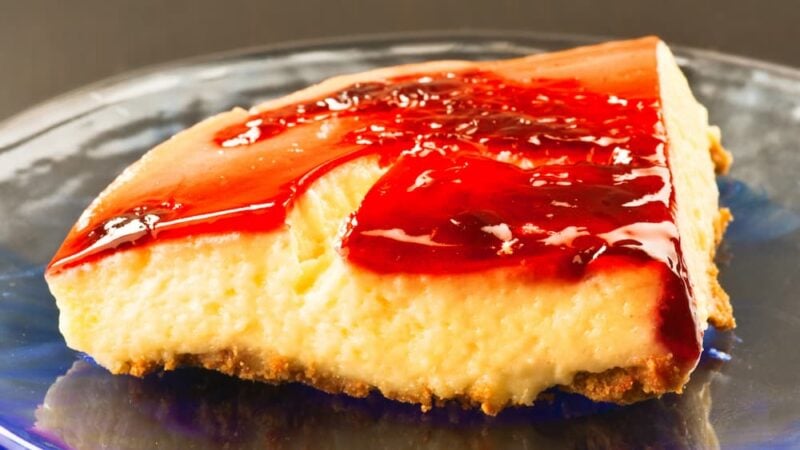
Cheese flan in world gastronomy
- Latin America : In many Latin American countries, such as Mexico, Argentina, Colombia, and Venezuela, it is a very popular dessert. It is considered a traditional delicacy in Latin American cuisine and is featured in numerous celebrations and festivities.
- Spain : Cheese flan has a strong presence in Spanish cuisine. It's found in most restaurants and is appreciated by locals and tourists alike. It's a classic on Spanish dessert menus.
- France : Although France is known for its wide variety of desserts, cheese flan also has its place in French cuisine. In some regions, it's known as "flan parisien" and is made with Gruyère cheese and cream.
- Portugal : In Portugal, cheese flan is known as “pudim de queijo” and is a popular choice on dessert menus. Fresh cheese or cheese from São Jorge Island is often used to give it a distinctive flavor.
- United States : Cheese flan has found its way into American cuisine, especially in the Hispanic community. It can be found in many restaurants and homes and has been adapted to local tastes with creative variations and additional flavors.
- Asian influence : Cheese flan has also influenced Asian cuisine. In some countries, such as the Philippines and Japan, local versions of cheese flan have been created that incorporate ingredients and cooking techniques unique to the region.
Baked or unbaked cheese flan, that is the question
Although the traditional version of cheese flan is baked in the oven, there are also recipes that don't require oven cooking. Some variations employ techniques such as stovetop baking or the use of gelatin to achieve the desired consistency. In terms of preparation, baked cheese flan and no-bake cheese flan have significant differences.
Baked cheese flan requires the preparation of a liquid mixture that is poured into an ovenproof dish, followed by a prolonged baking time in the oven at a low temperature. To achieve even baking and prevent the flan from burning, it is common to cook it in a bain-marie.
no-bake cheese flan involves mixing ingredients in a blender or mixer, without the need for oven baking. Instead, it cools and solidifies in the refrigerator. This variation typically has a shorter preparation time and offers a faster and more convenient way to enjoy cheese flan.
Philadelphia-style cheese flan recipe
An important point about plating: When serving the cheese flan, invert the mold onto a plate so that the layer of liquid caramel on the bottom of the mold becomes the top of the flan. You can then add any toppings you like.
Yield : 6 portions
Preparation time : 6 hours 15 minutes
Ingredients
- 200 g of cream cheese (Philadelphia type)
- 1 can (395 g) of condensed milk
- 1 can (370 ml) of Evaporated Milk
- 4 eggs
- 1 teaspoon vanilla essence
- 1 cup of sugar for the caramel
How to make cheese flan step by step
- In a small saucepan, heat the sugar over medium-high heat until melted and golden brown. Stir constantly to prevent burning. Pour the caramel into a flan mold and spread it evenly over the surface. Let it cool and solidify.
- In a large bowl, beat the cream cheese until smooth and creamy. Add the condensed milk, evaporated milk, eggs, and vanilla extract. Beat until smooth.
- Pour the flan mixture over the solidified caramel in the mold, making sure to distribute it evenly.
- Place the mold inside a larger baking sheet and pour hot water into the pan until it reaches about half the height of the flan dish. Bake at 180°C for approximately 1 hour, or until the flan is firm around the edges but still slightly jiggly in the center.
- Remove the mold from the oven and let the flan cool to room temperature. Then refrigerate for at least 4 hours, or preferably overnight. To unmold, run a knife around the edge of the flan and place a plate upside down over the mold. Quickly and carefully invert it, allowing the flan to slide down and the caramel to spread over the top.
